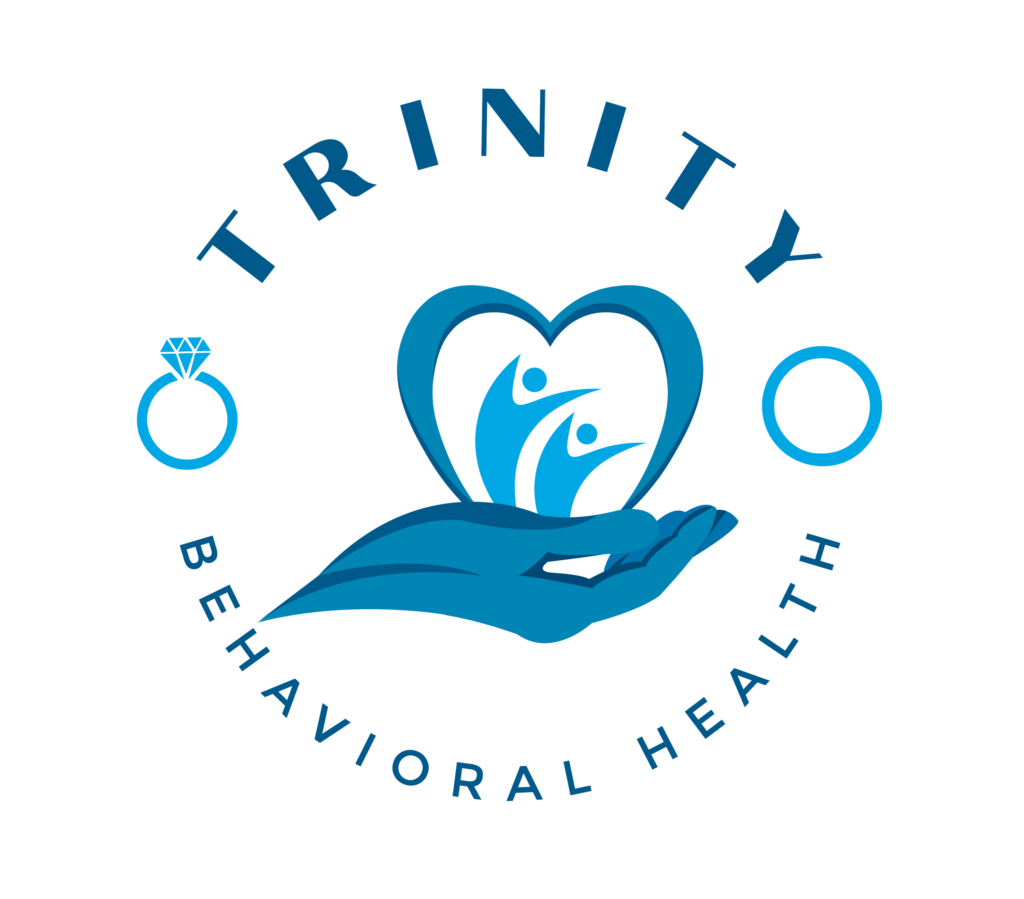In today’s digital age, mental health treatment has adapted to meet the needs of individuals seeking flexible and effective care. One of the most innovative solutions is the virtual intensive outpatient program (VIOP), which allows individuals to receive high-quality mental health and addiction treatment from the comfort of their homes. However, with the increasing reliance on digital platforms for therapy, a new concern arises—digital well-being.
Digital well-being refers to maintaining a healthy relationship with technology, ensuring that online engagement does not negatively impact mental, emotional, or physical health. Virtual intensive outpatient programs must strike a balance between offering accessible care and preventing digital fatigue or over-reliance on screens. This article explores how these programs address digital well-being while providing comprehensive treatment.
The Role of Virtual Intensive Outpatient Programs in Digital Well-Being
1. Providing Structured Screen Time for Treatment
One major concern with virtual therapy is excessive screen time, which can lead to eye strain, fatigue, and a sense of disconnection. Virtual intensive outpatient programs manage digital well-being by structuring screen time to ensure that patients receive quality care without overexposure.
For example, these programs often:
- Limit daily virtual therapy sessions to specific durations to prevent burnout.
- Incorporate breaks between sessions to encourage movement and offline activities.
- Encourage patients to engage in non-digital coping mechanisms, such as journaling, mindfulness, and outdoor exercises.
By structuring online therapy thoughtfully, these programs help individuals benefit from treatment without feeling overwhelmed by technology.
2. Encouraging Offline Healing and Self-Care
While virtual sessions take place online, a holistic recovery approach extends beyond the screen. Many VIOPs encourage offline healing activities such as:
- Practicing mindfulness exercises without the use of apps.
- Engaging in physical activities to promote mental health.
- Exploring hobbies and creative outlets to reduce screen dependency.
These strategies prevent patients from becoming overly reliant on digital platforms while ensuring that their healing process is well-rounded and sustainable.
Couples Stay Together, Room Together, Heal Together
3. Strengthening Relationships Without Separation
One of the unique aspects of some virtual intensive outpatient programs is their couples-focused approach. Traditional inpatient treatment often separates couples, which can create emotional distress and hinder progress. However, in a virtual setting, couples can stay together, room together, and heal together.
This approach offers several benefits:
- Emotional Support: Couples can provide mutual encouragement during challenging moments.
- Accountability: Each partner can help the other stay committed to the treatment process.
- Strengthening Relationships: Healing together allows couples to rebuild trust, improve communication, and develop healthier coping mechanisms as a unit.
By avoiding separation, virtual intensive outpatient programs allow couples to navigate recovery while maintaining a sense of connection and partnership.
Couples Therapy: A Designated Therapist for Relationship Growth
4. Individual and Couples Therapy with Specialized Professionals
Successful addiction and mental health treatment requires personalized care. In virtual intensive outpatient programs, couples receive:
- A socially designated couples therapist to work on relationship dynamics.
- A separate individual therapist for personal growth and trauma healing.
- A dedicated drug and alcohol counselor to address substance abuse challenges.
This three-tiered approach ensures that both individual and relationship needs are met. Couples work on their personal struggles while also learning how to support each other in a healthy way.
By offering specialized therapists for different aspects of recovery, virtual programs ensure that each person receives targeted treatment without conflicts of interest.
Financial Accessibility: Insurance Covers Your Treatment
5. Comprehensive Coverage Through PPO Insurance Plans
Many people hesitate to seek treatment due to financial concerns, but virtual intensive outpatient programs are often covered by PPO insurance plans. These plans typically cover:
- The full cost of treatment, including therapy and medical services.
- Meals and medication for those in programs offering in-home treatment components.
- Fun sober activities that promote mental and emotional well-being.
By accepting insurance, these programs remove financial barriers and ensure that individuals can focus on their recovery without unnecessary stress.
Why Choose a Virtual Intensive Outpatient Program?
6. The Benefits of Virtual Treatment for Digital Well-Being
Choosing a virtual intensive outpatient program offers multiple advantages, including:
- Flexibility – Receive treatment without relocating or disrupting daily life.
- Privacy – Attend sessions from the comfort of home without social stigma.
- Customized Care – Access specialized therapists suited to individual and couples’ needs.
- Digital Balance – Programs integrate offline self-care strategies to prevent digital overload.
By prioritizing digital well-being, these programs help individuals heal in a sustainable and balanced way.
Conclusion
Virtual intensive outpatient programs provide accessible, flexible, and comprehensive mental health and addiction treatment while addressing the growing concern of digital well-being. By structuring screen time, promoting offline healing, supporting couples’ recovery, and making treatment financially accessible, these programs offer a balanced approach to long-term wellness.
If you or a loved one is considering virtual treatment, rest assured that these programs focus on your overall well-being—not just your online experience, but your entire path to recovery.
Read: Are virtual intensive outpatient programs helpful for people in high-stress jobs?
Read: Can a virtual intensive outpatient program help with pandemic-related stress?
Frequently Asked Questions
Q: How do virtual intensive outpatient programs address digital well-being?
A: These programs manage screen time by structuring sessions, incorporating offline healing activities, and encouraging digital balance in daily life.
Q: Can couples stay together in a virtual intensive outpatient program?
A: Yes, many programs allow couples to heal together without separation, promoting emotional support and accountability.
Q: What types of therapy are included in virtual intensive outpatient programs?
A: Patients receive individual therapy, couples therapy, and specialized addiction counseling to address personal and relational challenges.
Q: Does insurance cover the cost of virtual intensive outpatient treatment?
A: Most PPO insurance plans cover the majority, if not all, of the treatment costs, including therapy, medication, and other services.
Q: How do virtual programs balance online therapy with offline activities?
A: They integrate mindfulness, physical activities, and personal hobbies to reduce digital fatigue and encourage a well-rounded recovery.
